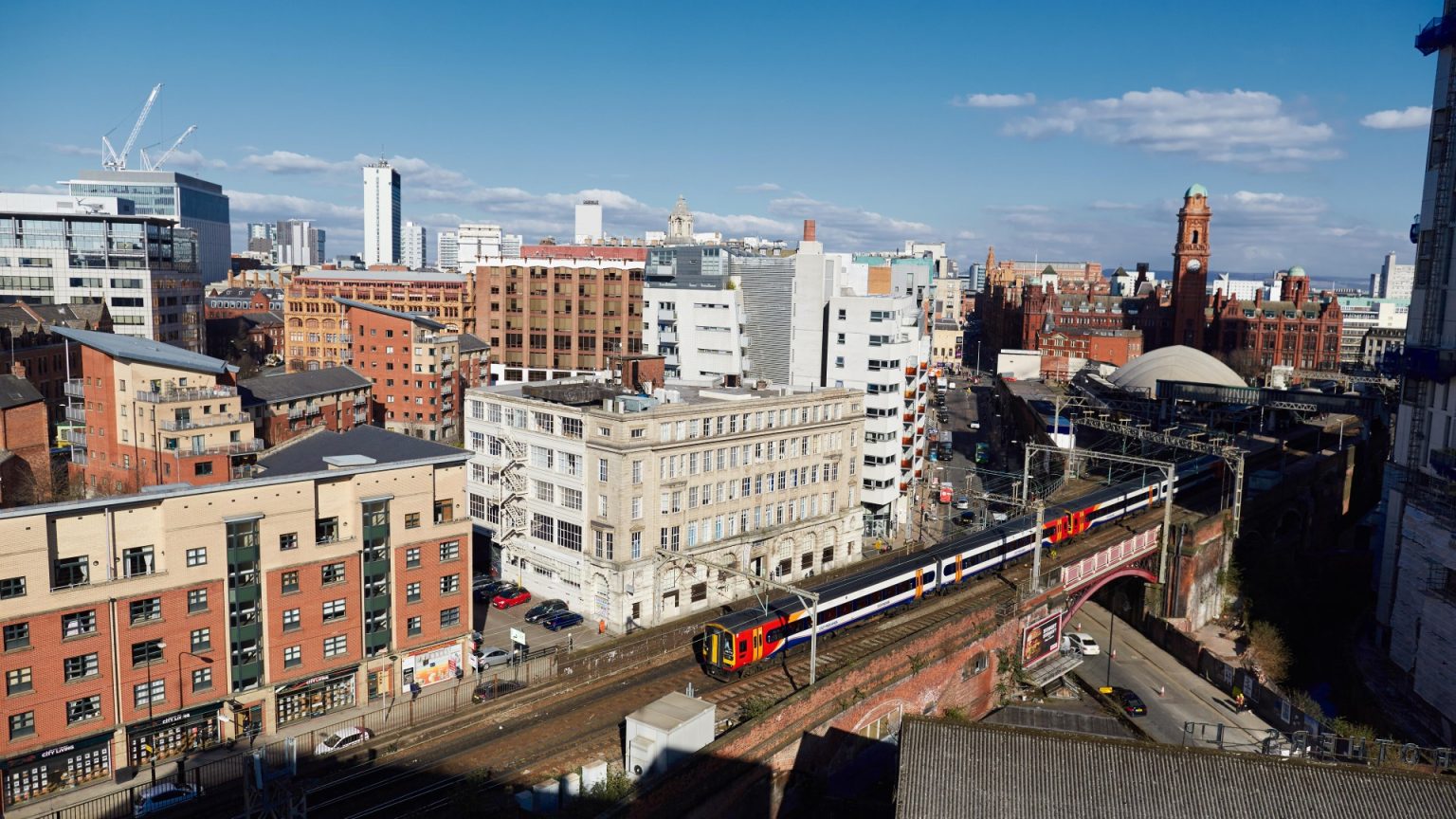Manchester’s Oxford Road Station, a crucial transportation hub, is poised for a substantial renovation project aimed at significantly increasing its capacity and enhancing passenger experience. This ambitious undertaking will involve extending platform lengths to accommodate longer trains with additional carriages, allowing for an increase of 120 passengers per train. The project also encompasses a new footbridge and lift, improving accessibility for all commuters. Furthermore, crucial upgrades to the track signalling system will enable two additional trains per hour to service the station, boosting overall capacity and connectivity. While these improvements promise long-term benefits, they necessitate a considerable disruption in service.
Network Rail’s current proposal, though subject to change, outlines a complete closure of Oxford Road Station for a period exceeding two years during the construction phase. This closure, while necessary for the comprehensive renovations, will undoubtedly impact commuters. Nearby stations are expected to experience increased congestion and passenger volume as travelers seek alternative routes. Network Rail acknowledges this inconvenience and emphasizes that train services will continue to run through the station, minimizing disruption to the broader rail network. The long-term gains of the project, however, are anticipated to outweigh the temporary inconvenience.
Manchester City Council recognizes the pressing need for improvements at Oxford Road Station, acknowledging the existing congestion, capacity limitations, and accessibility challenges. Council Leader Bev Craig emphasizes the importance of such infrastructure upgrades for Manchester’s continued growth as a leading city in the North. The project is viewed as a long-term investment, crucial for accommodating increasing passenger demand and enhancing the overall travel experience. While the closure poses temporary difficulties, it is considered essential for the station’s future viability and the city’s broader transportation goals.
The history of Oxford Road Station dates back to 1849, with a subsequent rebuild in 1960. The station currently serves numerous destinations, including Blackpool, Liverpool, Norwich, Edinburgh, and Glasgow. For travel to and from London, passengers utilize Manchester Piccadilly Station, another major transportation hub within the city. This proposed renovation of Oxford Road Station comes amidst other significant rail infrastructure projects across the UK, reflecting a nationwide focus on modernizing and expanding railway networks.
The broader context of UK rail development includes several ongoing and planned projects. New stations are slated to open in Balgray, Scotland; Wixams, Bedfordshire; North Filton, Bristol; and Golborne, Manchester, between 2026 and 2027. Moreover, the ambitious HS2 high-speed rail line is driving the construction of new stations, including Curzon Street Station in Birmingham, set to become the first new station built in the UK since London Marylebone in 1899. This multi-platform station, slated for completion in the 2030s, is a major component of the HS2 project.
Another significant HS2 development is the £2 billion Old Oak Common station in London, projected to open by 2029. This station is envisioned as the most “connected station in the UK,” further enhancing the nation’s rail infrastructure. These projects, alongside the Oxford Road Station renovation, demonstrate a significant investment in modernizing and expanding the UK’s railway network, aiming to improve connectivity, capacity, and passenger experience across the country. The Oxford Road Station project, while disruptive in the short term, is part of this larger trend of investment in the future of UK rail travel.











